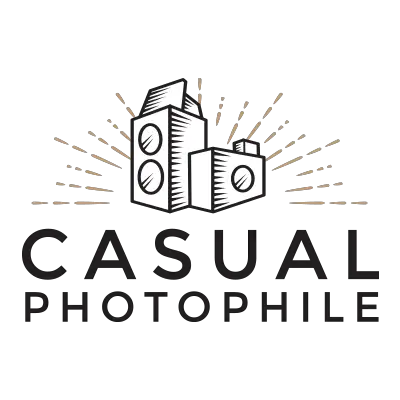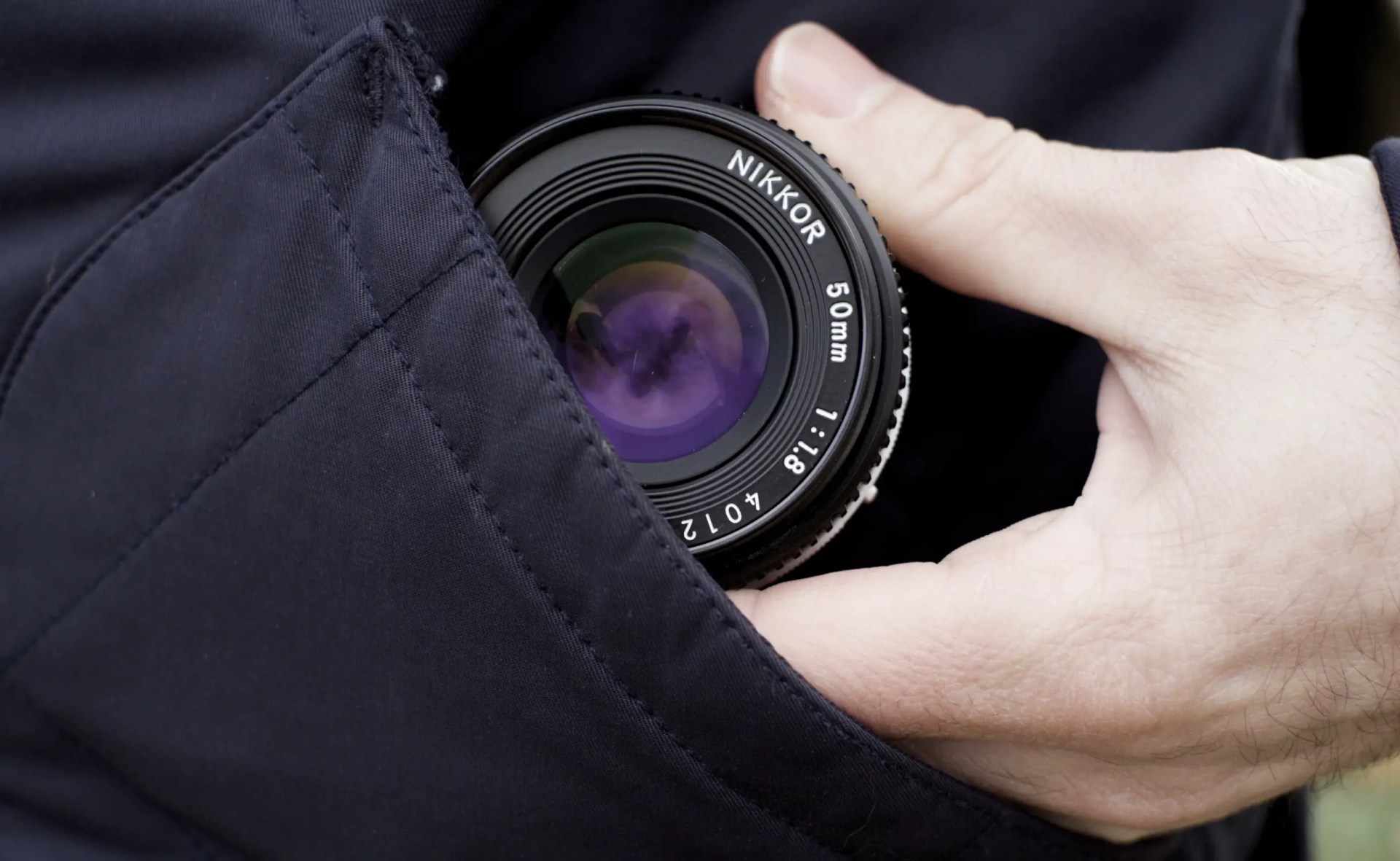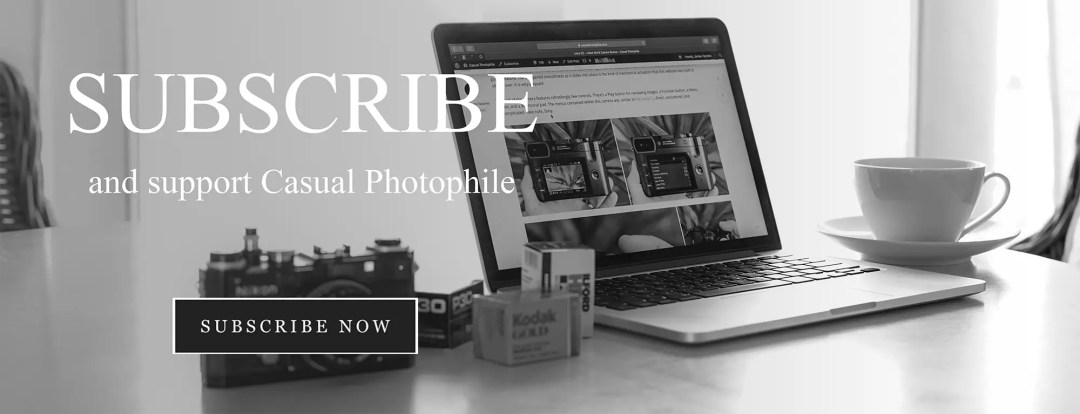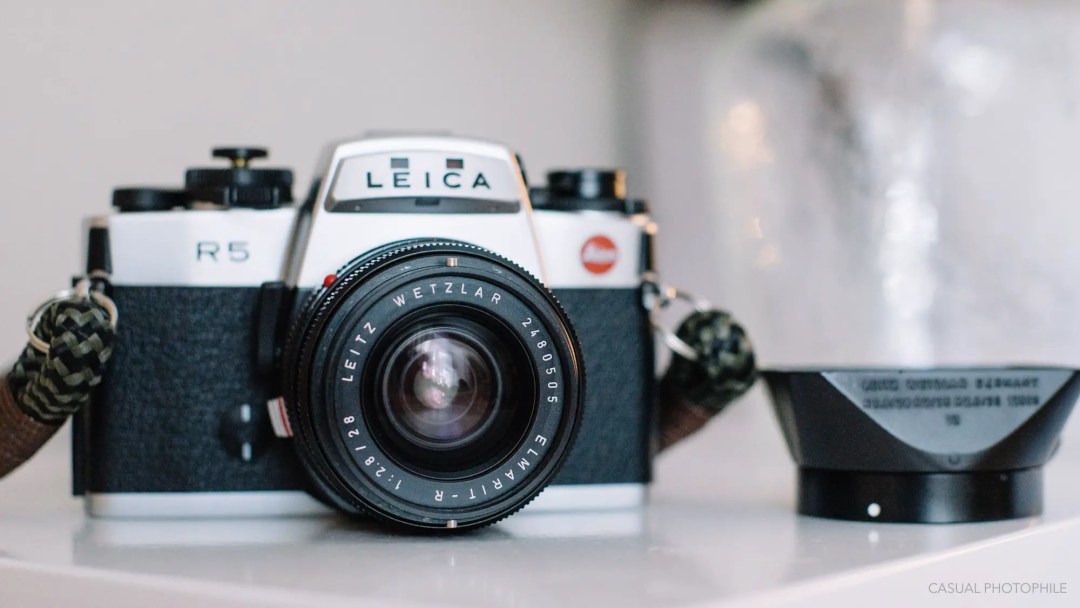When Oskar Barnack needed a lens for the first Leica camera in 1923, he chose a 50mm. When Robert Capa shot the D-Day invasion of Omaha Beach in 1944, he did so with a 50mm. When Canon sold twenty-trillion AE1s in the 1970s, they packaged them with their newest 50mm. And when DigitalRev’s Kai Man Wong told me to buy a prime lens in 2014, he told me to buy a 50mm.
So, I did. And I’m glad I did. But it’s time to move on. The 50mm lens is tired and boring. After all, it has been the “standard” lens for a hundred years, and a hundred years is a bit too long for a thing to go unchallenged.
And anyway, the “standard” title comes of dubious origin. According to most people who care to speak about this sort of thing, the 50mm lens is the standard lens because it is the photographic lens which most closely approximates human vision. Though if we ask anyone who makes this claim to kindly elaborate and elucidate, most can’t or won’t.
The truth is, 50mm lenses do not accurately approximate what we humans see. They just don’t.
Ignoring the fact that our vision is binocular, and ignoring the fact that our retinas are concave and not flat like the plane of a film or image sensor, and ignoring the fact that we have foveal and peripheral vision, and that our overall field of view tends to be closer to 180º while a 50mm lens shoots a field of view of approximately 47º, ignoring all that…
Wait, I don’t recall where I was going with this.
Wait. Yes, I do!
Ignoring all of the physics and human anatomy stuff that I won’t claim to totally understand, we should’ve known by anecdotal evidence that the “50mm as human eye” crowd was wrong. They can’t even agree what’s standard amongst themselves.
For as long as the internet’s been around, every conversation around the 50mm standard lens eventually devolves into argument.
Someone somewhere tells someone else to buy a 50mm lens because it approximates human vision and some freak weirdo stumbles into the forum to claim that “AKSHUALLY” 35mm, not 50mm, is the standard focal length because that’s what the human eye really sees. And then they’re interrupted by the quirky freak weirdo screaming that the Konica 40mm is the standard lens because that’s what the human eye really sees. And then they’re interrupted by the rich freak weirdo screaming that the Leica 75mm is the standard lens because that’s what the human eye really sees. And then they’re interrupted by the—you get the idea.
The simple truth in the origin of the 50mm lens as “the standard” is that the 50mm lens was simply the most cost-effective lens for a camera company to package and sell with their cameras. Lenses of that focal length happened to also make images that looked good, and pretty normal, so we all called it the standard and dutifully proselytized that everyone should buy one and the camera companies sold a hell of a lot of nifty fifties.
Consequently, the actual reason that the 50mm lens has been “the standard” for almost a hundred years is because most pictures over that time were made with a 50mm lens, and we got used to it. Most of the shots we saw in magazines and family photo albums and slides and snapshots from holidays and everything else were made with a 50mm lens. The images, through their sheer ubiquity, made the lens that took them the standard.
And I think that that definition is much more useful and practical than some strange correlation between a camera lens and human vision. For me, the standard lens should always be defined as simply the most-used lens.
But something interesting has happened in the last decade or two.
The most popular cameras in the world aren’t made by Canon or Nikon or Kodak, and they don’t come with a 50mm lens, as they had between (basically) the 1930s until the late 1990s. The most ubiquitous camera in the world today comes attached to a phone with an half-eaten apple on it, and the focal length of the “standard” lens on this most-used camera has an equivalent full frame focal length of approximately 26mm. In terms of “real photographers” that’s perilously close to ultra-wide territory. Not even wide-angle. Ultra-wide!
So, without even trying, iPhone and smartphones at large have essentially shifted the “standard” focal length away from 50mm into the realm of the ultra-wide.
I, for one, love it. I love wide angle lenses. I think they’re more dynamic, and it takes more work to get a good picture. With a wide-angle lens we can’t rely on the crutch of subject isolation and bokeh. We have to concentrate on filling the frame with interesting things. We have to get close to our subject.
The result is that we have pictures which, in fact, don’t look like the everyday. The new normal lens makes images that contrarily don’t look like what we see with our human eyes. Which gets us closer to the whole point of photography, the very reason why we should even bother making pictures with a camera: that is, to show us something we can’t see every day.
Buy a Wide Angle Lens on eBay here
Buy a nice used lens from our shop at F Stop Cameras
Follow Casual Photophile on Youtube, Twitter, Facebook and Instagram
[Some of the links in this article will direct users to our affiliates at B&H Photo, Amazon, and eBay. By purchasing anything using these links, Casual Photophile may receive a small commission at no additional charge to you. This helps Casual Photophile produce the content we produce. Many thanks for your support.]




I never understood this dogma anyways. When I started, I looked less for “what one has to have”, then, what I had. When a friend went to photo school, she told me, that the teacher said exactly what you wrote: The 50 mm is closest to the human eye – and I wondered and didn’t care much. I am just as easily annoyed by the faction that thinks 35 mm is the non plus ultra. Isn’t it, that one should take, what one likes the most (and can afford)? Sean Tucker made a video a couple of months ago, when he talks exactly about that: Try out different focal lengths, and find your own “standard”, means, the length you like and works best for you.
Thank you for bringing another opinion to a discussion, which shouldn’t be one in the beginning.